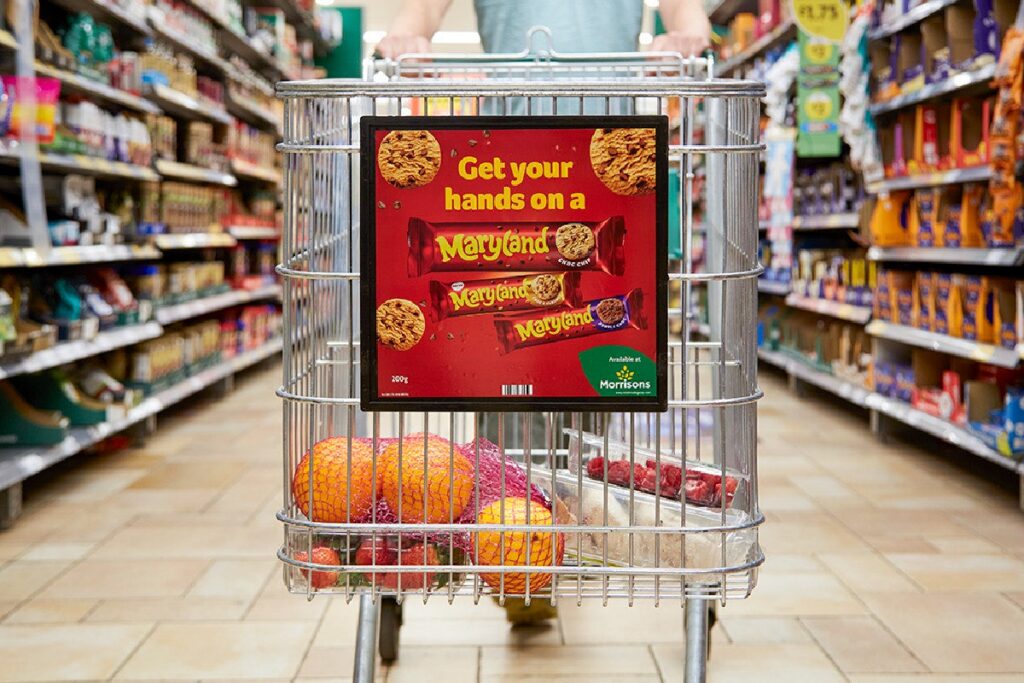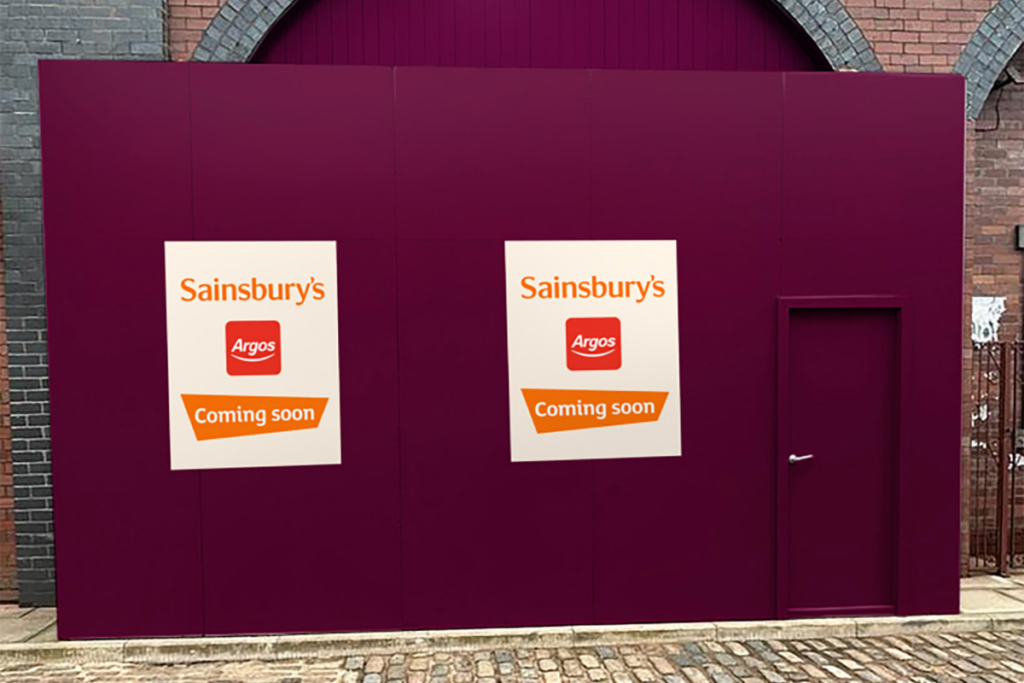With Christmas less than five weeks away, and online revenues alone expected to exceed £10 billion this December, retailers must ensure their supply chains are in tiptop condition to keep orders flowing and consumers content.
Consumers are buying through more channels than ever, but the expectation of a fully coordinated and consistent service has never been greater.
At the heart of a unified consumer experience is the supply chain, and its ability to offer a clear view of the supply and demand flows for every channel.
Some retailers are significantly investing in new technology, but simple changes to business processes can make a big difference too.
Forward planning
The benefits of forecasting demand as early as possible, and planning extra resource around the expected peaks should not be underestimated. Retailers must also understand their warehouse capacity and space limitations. Seasonal warehouses can help retailers manage the uplift and ensure sufficient space is available to hold the required stock and deliver on the customer promise.
Forecasting decisions shouldn‘t be made alone. It‘s important to engage colleagues and suppliers early on to seek consensus on likely demand and map potential problems to ensure back up plans are in place should a particular suppler run into trouble, or wintery weather disrupts deliveries.
Ensuring visibility
The use of agile technology is helping retailers gain complete visibility of where inventory is at any one point in their supply chain, enabling retailers to better understand availability and lead times. When consumers are buying across a multitude of channels, having a system in place that aggregates orders and updates stock levels accordingly across all channels is key to keeping consumers informed and avoiding disappointment.
Fulfilling mega-sales
During Christmas, expectations are higher than ever. Failing on promises such as next day delivery isn‘t something consumers easily forget.
Increasing frequency of stock deliveries during December helps with stock availability on Christmas best sellers.
Collaboration between retailers or as part of high street networks, is one-way retailers can flex up and down their supply chain infrastructure to cope with changing demand. By sharing loads, warehouse space and resource, or developing high street drop solutions, retailers can fulfil more orders at a reduced cost, meaning savings can be passed on at the check out too.
Managing returns
Unwanted gifts mean returns are significantly higher during the Christmas period than throughout the rest of the year. Retailers much ensure they have the capacity and technology to enable movement and visibility of stock, important for replenishing the post Christmas depleted channels in time for the January sales.
With 2013 e-retail sales expected to achieve 15 percent growth on last year, the opportunity for retailers is great, but getting it wrong can be costly. Taking steps early on to understand likely demand and pressure points on your supply chain will make it a happier Christmas for all.

















